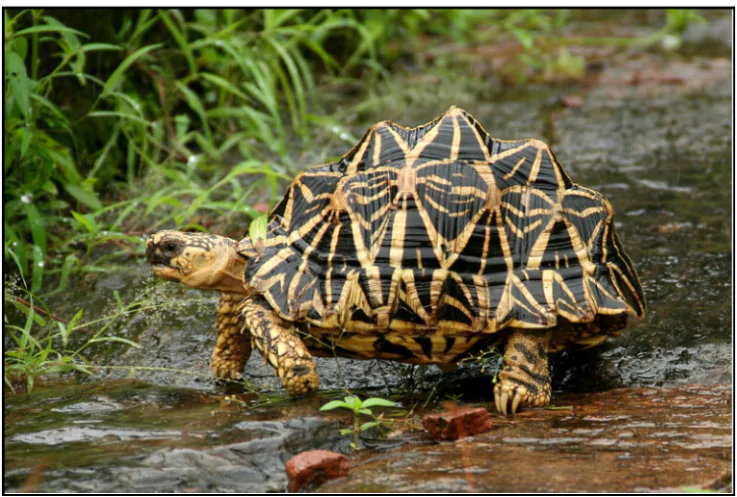
Despite conservation efforts and vigilance for Indian Star Tortoise , officials have seized hundreds of tortoises being smuggled through the Chennai and Singapore airports and across the India-Bangladesh border.

To get PDF version, Please click on "Print PDF" button.
How Climate Change is Creating Refugees Across the...
View India’s Gender Gap Report Ranking as a Warn...
Aiding India’s Progress with Choice, Control and...
Bridge too Far: On the Bridge Collapse in Vadodara
How India’s Biofuel Potential Complements its Le...
As PM Modi lands in Namibia, this is why the Count...
<div class="new-fform">
</div>
